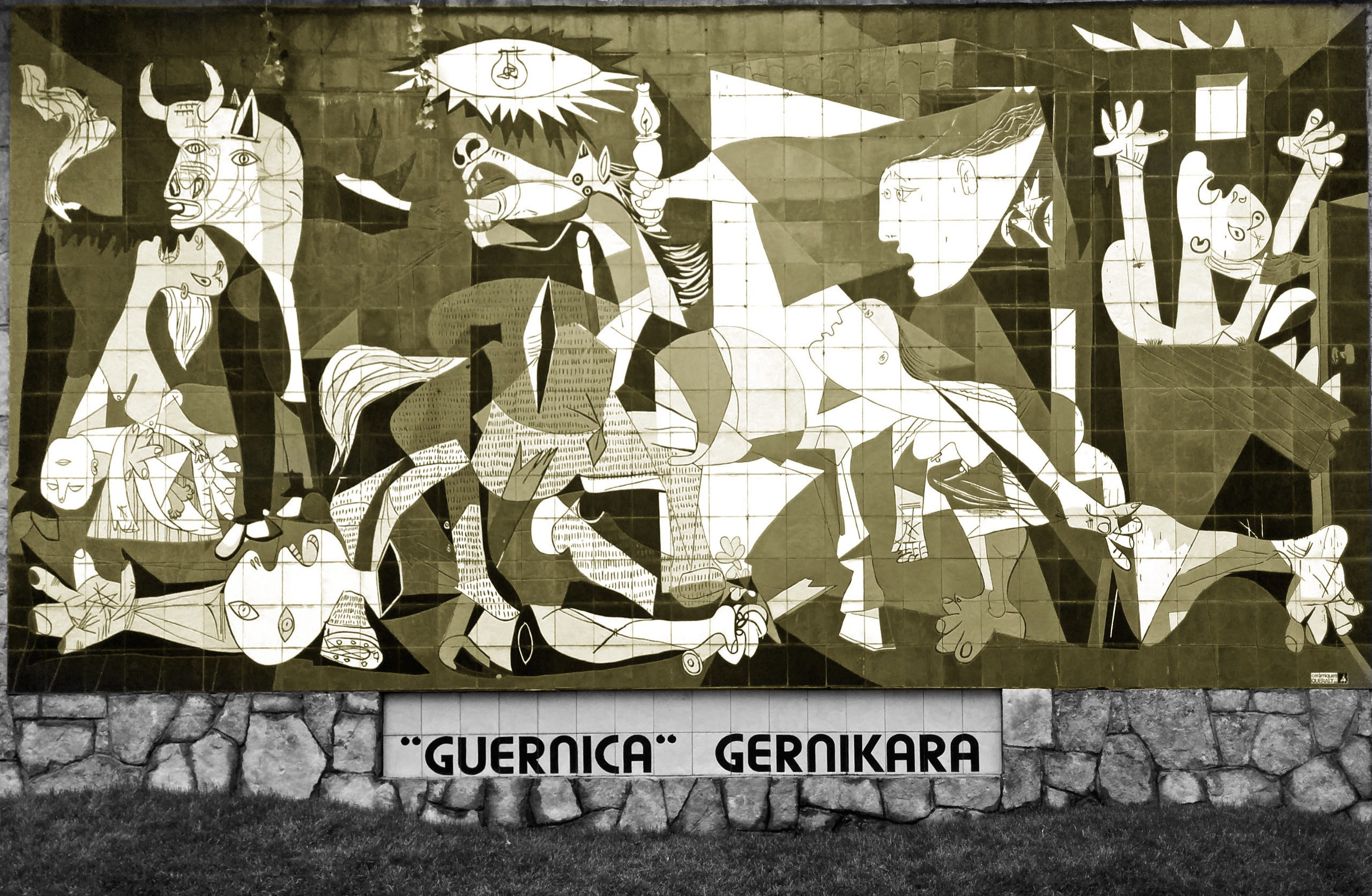🎯 The above paper was published in 2019 at the International Conference on Machine Learning (ICML). On the ImageNet challenge, with a 66M parameter calculation load, EfficientNet reached 84.4% accuracy and took its place among the state-of-the-art.
Continue reading Reviewing EfficientNet: Increasing the Accuracy and Robustness of CNNs








